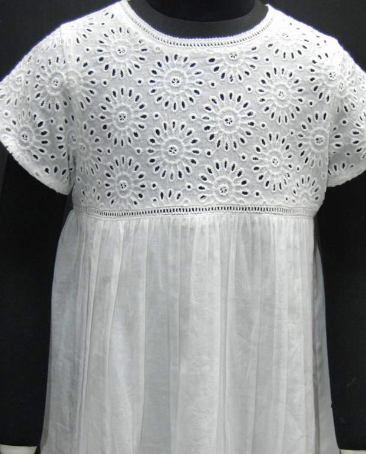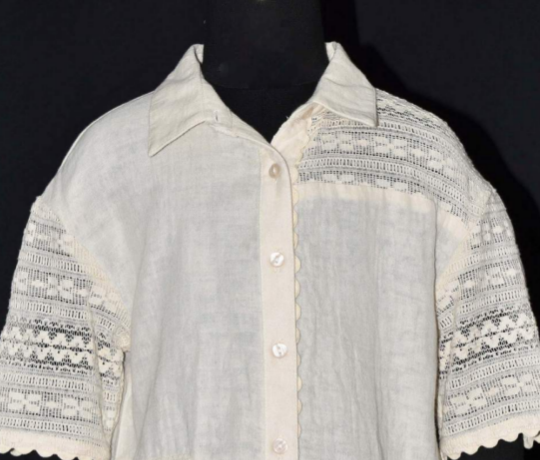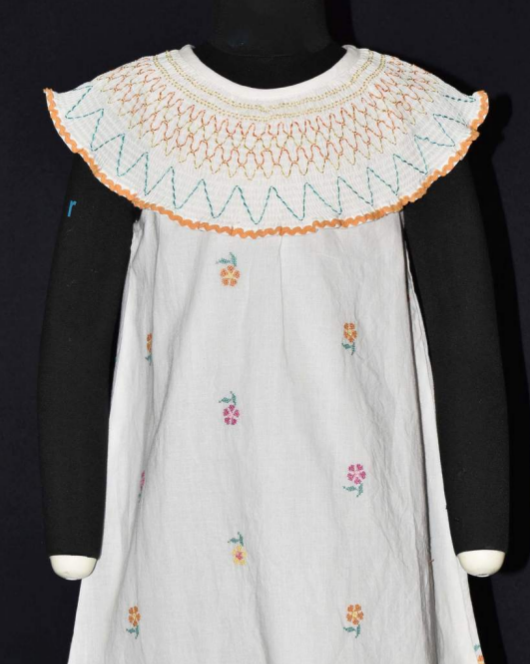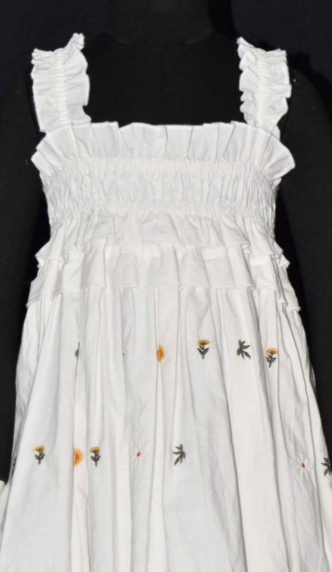How To Prepare Manufactured Cloth For Sampling

Sampling is a crucial step in the apparel manufacturing process. It ensures that the final product meets quality standards and aligns with the client's specifications. Proper preparation of manufactured cloth for sampling is essential to achieve accurate results. Here’s a step-by-step guide to preparing cloth for sampling, ensuring efficiency and precision.
Step 1: Fabric Inspection
Before using the cloth for sampling, conduct a thorough fabric inspection. Check for defects such as stains, holes, or uneven dyeing. Apparel manufacturers rely on this step to maintain the quality of their garments and ensure that only flawless fabric is used for sampling.
Step 2: Fabric Relaxation
Allow the fabric to relax before cutting. This process involves laying the cloth flat and undisturbed for a specific period, usually 24 to 48 hours. Fabric relaxation helps prevent shrinkage and ensures that the sample retains its shape and dimensions after stitching.
Step 3: Measuring and Marking
Accurate measuring and marking are vital to maintain consistency. Use professional tools such as measuring tapes, rulers, and fabric markers. Ensure that the measurements align with the garment specifications provided in the garment report house.
Step 4: Cutting the Fabric
Use sharp cutting tools, such as fabric scissors or cutting machines, to achieve clean and precise cuts. Follow the pattern layout carefully, ensuring minimal fabric wastage. Precision in cutting directly impacts the fit and appearance of the final garment sample.
Step 5: Stitching the Sample
Once the fabric is cut, proceed with stitching the sample using the appropriate sewing techniques. Use high-quality threads and maintain consistent stitching patterns to replicate the final product accurately. Apparel manufacturers emphasize the importance of this step to showcase their craftsmanship.
Step 6: Quality Check
After stitching, conduct a quality check to assess the sample’s fit, appearance, and overall finish. Compare the sample against the design specifications outlined in the garment report house. Address any discrepancies before presenting the sample to clients.
Conclusion
Preparing manufactured cloth for sampling requires attention to detail at every stage, from fabric inspection to the final quality check. Apparel manufacturers and garment export houses must follow these best practices to ensure that their samples accurately represent the final product. For high-quality garment samples that meet industry standards, trust Cheer Sagar – a leading name in apparel manufacturing with a reputation for excellence and precision.
Related Blog
How To Make Your Fashion Business Successful
Starting a fashion business is simple, but turning it into a brand is far more challenging. To make your brand...
Manufacturing Clothes In India- What You Need To Know?
Even though China is the largest textile exporter in the whole world, India has come a long way as well,...
The Potential Of Indian Women’s Wear In The Argentine Market
Indian women’s wear, particularly traditional and ethnic wear, is experiencing significant growth in popularity and appeal all over the world....




